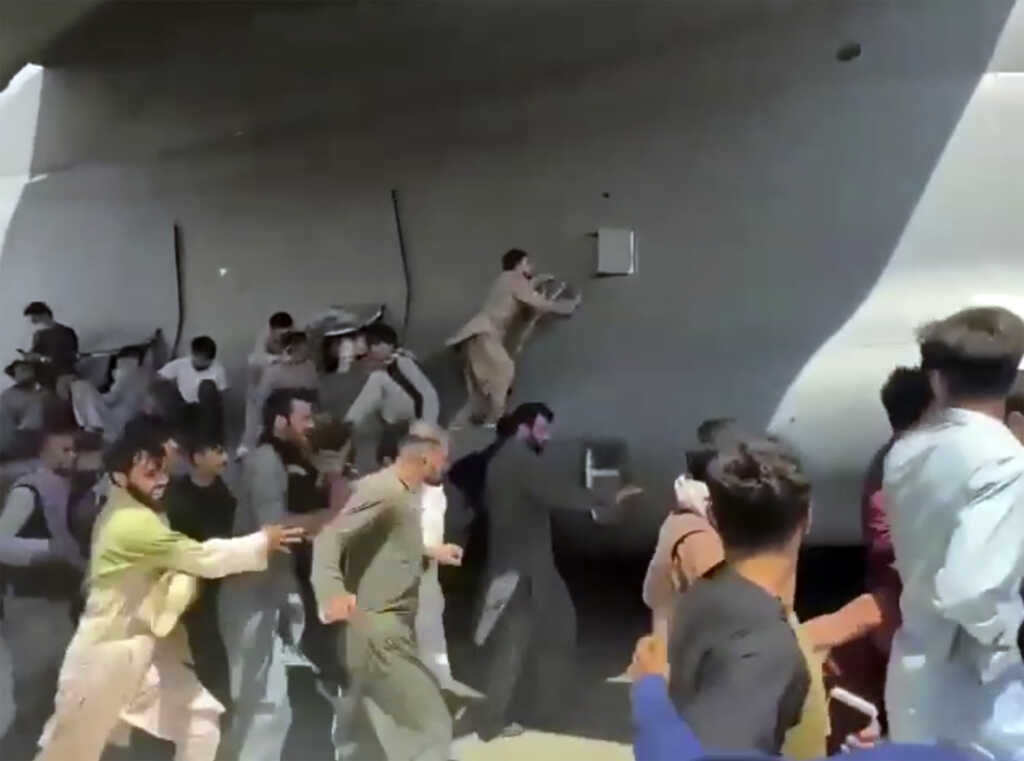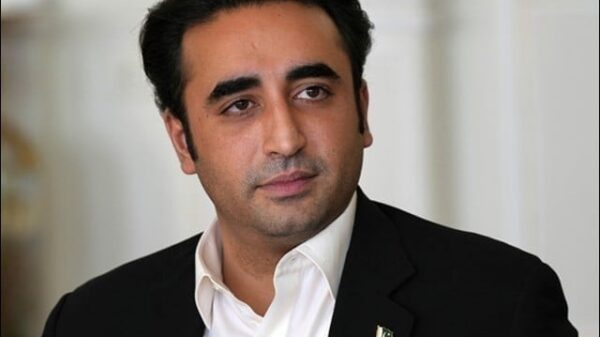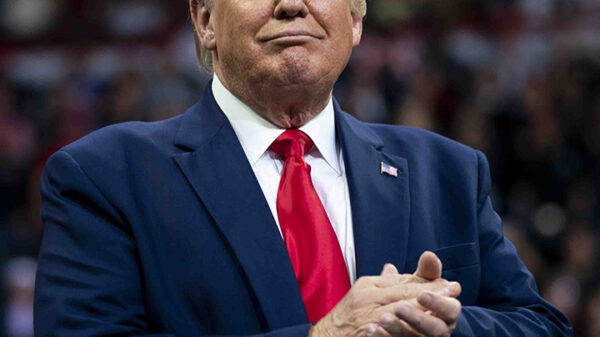WASHINGTON: Three major miscalculations — about time, will and trust — caused the collapse of the American plan for an orderly withdrawal from Afghanistan, claims a New York Times report published on Sunday.
The Americans “consistently believed they had the luxury of time. (Their) military commanders overestimated the will of the Afghan forces to fight … and put too much faith in President Ashraf Ghani, who fled Kabul as it fell,” the report pointed out.
According to the Times, the plan was finalised by top national security officials at the Pentagon on April 24, two weeks after President Joe Biden announced his exit plan.
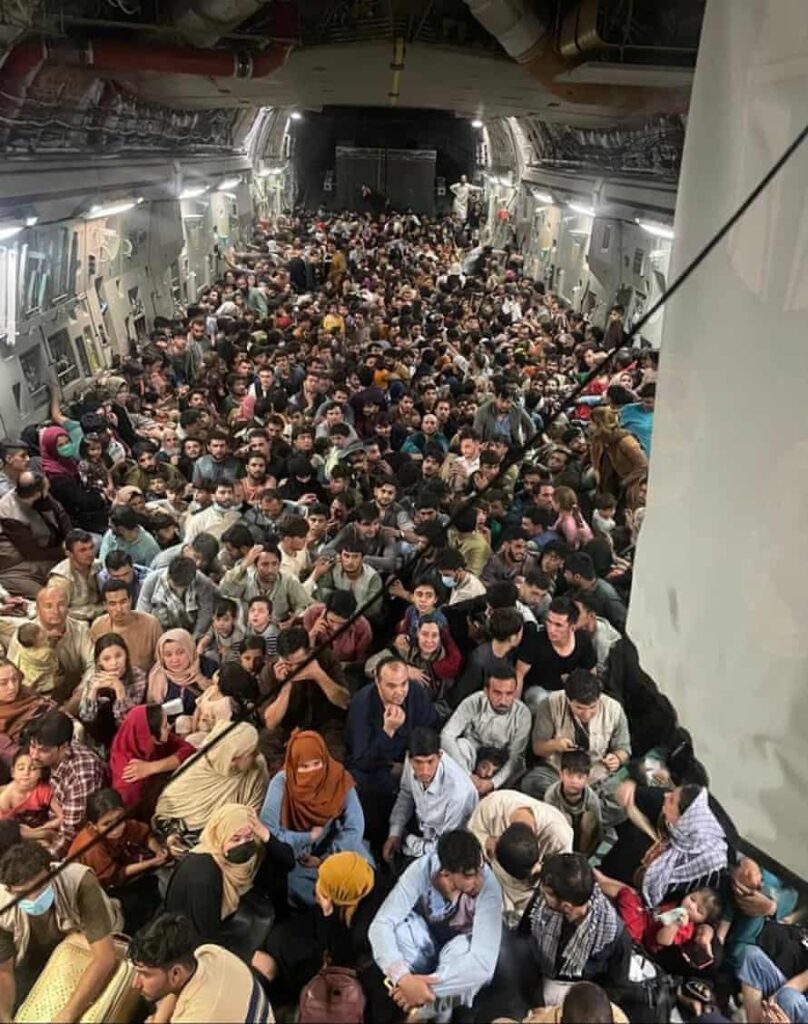
Defence Secretary Lloyd J. Austin III and Gen Mark A. Milley, the chairman of the Joint Chiefs of Staff and top White House and intelligence officials attended the meeting. Secretary of State Antony J. Blinken joined the video conference. After four hours, two things were clear.
First, Pentagon officials said they could pull out the remaining 3,500 American troops by July 4 — two months earlier than the Sept 11 deadline Mr Biden had set.
The plan would mean closing the Bagram airfield which was the hub of the American military power in Afghanistan.
Second, State Department officials said they would keep the American Embassy open, with more than 1,400 remaining Americans protected by 650 Marines and soldiers.
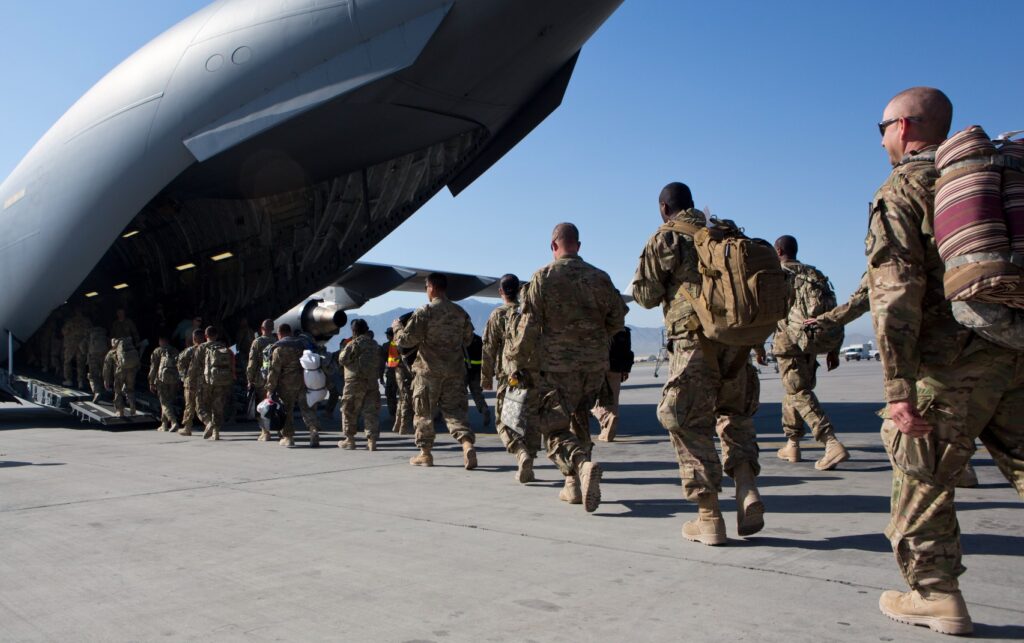
An intelligence assessment presented at the meeting estimated that Afghan forces could hold off the Taliban for one to two years.
There was brief talk of an emergency evacuation plan as well but “no one raised, let alone imagined, what the United States would do if the Taliban gained control of access to the Kabul airport.
“Four months later, the plan is in shambles” because of “a series of misjudgments and the failure of Mr Biden’s calculation that pulling out American troops would result in an orderly withdrawal,” the Times commented.
Although Biden White House officials held more than 50 meetings on embassy security and evacuations, “all the planning failed to prevent the mayhem when the Taliban took over Kabul in a matter of days,” the newspaper added.
The report claimed that President Biden’s top intelligence officers privately offered concerns about the Afghan abilities but “predicted that a complete Taliban takeover was not likely for at least 18 months.”
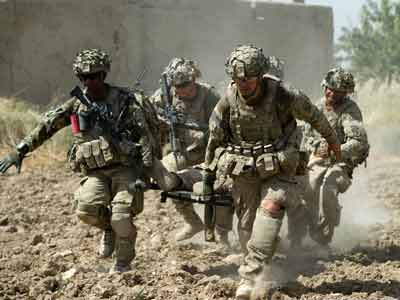
Five days after the April meeting at the Pentagon, General Milley told reporters that the Afghan government’s troops were “reasonably well equipped, reasonably well trained, reasonably well led.”
The president’s top intelligence officers echoed uncertainty about the Afghan abilities “but there was no sense that the Taliban were on the march,” the report added.
At least one lawmaker, Congress Seth Moulton, a Massachusetts Democrat, did not seem to trust the plan for an orderly withdrawal. Mr Moulton said he told anyone who would listen at the White House, the State Department and the Pentagon that “they need to stop processing visas in Afghanistan vote of no confidence in the government and its forces.
Although the State Department had insisted that the US Embassy in Kabul would remain open, on April 27, the embassy ordered nearly 3,000 members of its staff to depart, and on May 15, sent warnings to Americans in the country: “US Embassy strongly suggests that US citizens make plans to leave Afghanistan as soon as possible.”
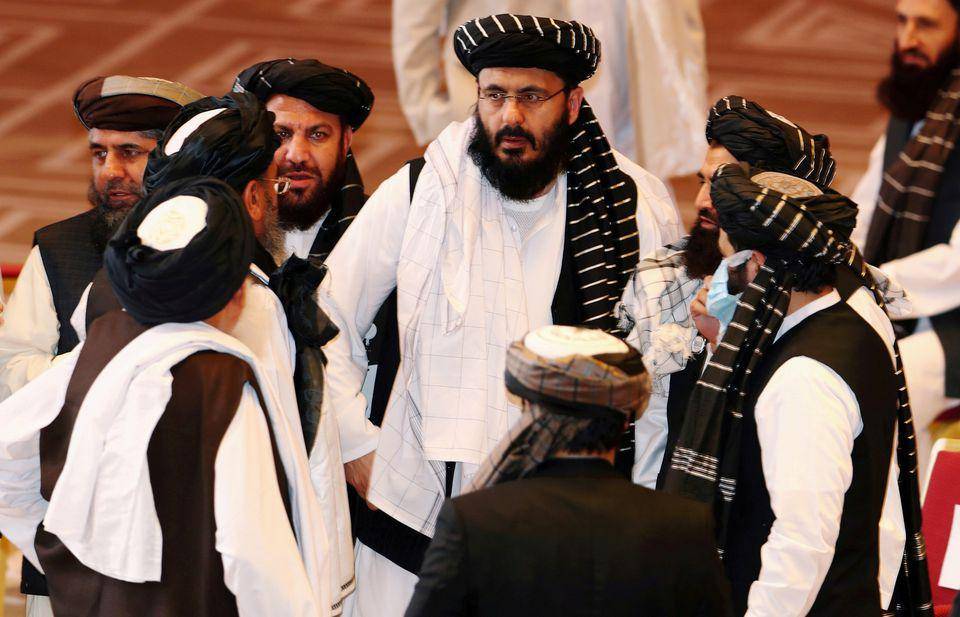
On June 25, Mr Ghani had his last meeting with Mr Biden at the White House. “Even though Mr Ghani was fuming about the decision to pull out American troops,” he did not share his sentiments with the public.
Mr Ghani, however, made three requests: He wanted the United States to be “conservative” in granting exit visas to the interpreters and others, and “low key” about their leaving the country so it would not look as if America lacked faith in his government.
He also wanted to speed up security assistance and secure an agreement for the US military to continue to conduct airstrikes and provide overwatch from its planes and helicopters for his troops fighting the Taliban.
Mr Biden agreed to provide the air support and to not make a public show of the Afghan evacuations. Mr Biden had his own request for Mr Ghani: Consolidate
Afghan forces around key locations, instead of fighting across the country. Mr Ghani ignored the request.
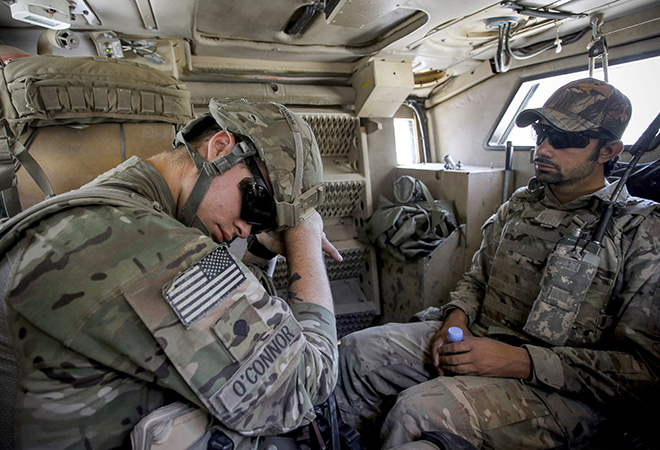
By July 8, nearly all US troops were out of Afghanistan as the Taliban continued their surge across the country. Five days later, nearly two dozen American diplomats in Kabul sent a memo directly to Mr Blinken through the State Department’s “dissent” channel. The cable urged that evacuation flights for Afghans begin in two weeks and that the administration move faster to register them for visas.
By Aug 3, top national security officials met in Washington and heard an updated intelligence assessment: District capitals across Afghanistan were falling rapidly to the Taliban and the Afghan government could collapse in “days or weeks.” It was not the most likely outcome, but it was an increasingly plausible one.
The End Game

On Aug 6, the Pentagon reviewed worst-case scenarios. Later, they also discussed Mr Biden’s withdrawal plan, which called for flying most of the embassy personnel out of the compound, and many out of the country, while a small core group of diplomats operated from a backup site at the airport.
By Aug 11, the Taliban advances were so alarming that Mr Biden asked his top national security advisers in the White House Situation Room if it was time to send the Marines to Kabul and to evacuate the embassy. Overnight in Washington, Kandahar and Ghazni were falling.
Media person and communication expert for over 25 years. Worked with Dow Jones News, World Bank, CNBC Pakistan, Aaj TV, ARY TV, Abbtakk TV, Business Recorder, Pakistan Observer, Online News Network, TTI Magazine and other local and world Publications.


